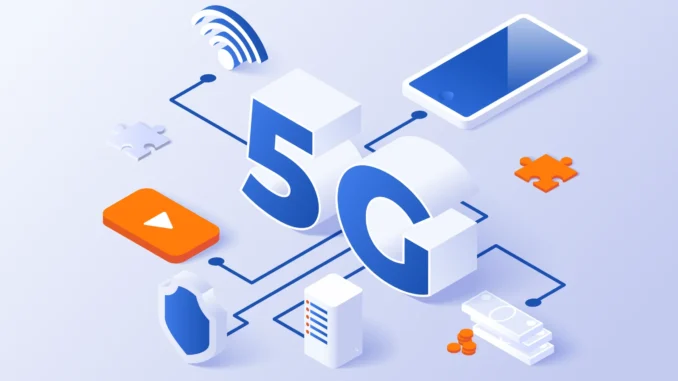
Achieving a seamless experience across 5G networks is crucial for maximizing the technology’s potential impact on consumers and businesses.
By focusing on global interoperability, low latency, reliable connectivity, and user-centric designs, stakeholders can provide users with a smooth and efficient experience that meets their needs, fostering greater adoption and innovation in a connected world.







As the ecosystem evolves, ensuring that these components work together effectively will be essential for fully realizing the benefits of 5G.
A seamless experience across 5G networks is fundamental to the technology’s promise of enhanced connectivity, performance, and user satisfaction. Here are several aspects that contribute to achieving a seamless experience in 5G environments:
#### 1. **Global Roaming and Connectivity**
– **International Roaming**: With the compatibility of 5G networks worldwide, users traveling across regions can enjoy consistent connectivity without the need for multiple data plans or SIM cards. This is vital for business travelers and tourists who rely on constant access to services.
– **Unified Experiences**: Devices that can connect uniformly across different carriers and regions ensure that services like video streaming, gaming, and IoT applications work effectively, regardless of location.
#### 2. **Interoperability Among Devices and Networks**
– **Standardized Protocols**: The development and implementation of international standards (e.g., those established by the 3rd Generation Partnership Project [3GPP] and International Telecommunication Union [ITU]) facilitate interoperability among different devices and network operators. This means that devices can switch between networks without disruptions.
– **Multi-band Devices**: 5G-enabled devices that support multiple frequency bands allow users to connect to the most efficient and available network, whether it’s low-band, mid-band, or high-band (mmWave), thus optimizing performance.
#### 3. **Network Slicing**
– **Tailored Experiences**: Network slicing allows carriers to create customized virtual networks within the same physical infrastructure. This enables service providers to prioritize different types of traffic (e.g., IoT devices, autonomous vehicles, and consumer media) based on specific needs, ensuring optimal performance for varied applications and user experiences.
– **Quality of Service (QoS)**: Through network slicing, service providers can guarantee Quality of Service for high-priority use cases, ensuring consistent performance for mission-critical applications.
#### 4. **Low Latency and High Reliability**
– **Ultra-Low Latency**: One of the standout features of 5G is its ability to provide ultra-low latency (as low as 1 ms). This is crucial for applications where real-time responsiveness is key, such as augmented reality (AR), virtual reality (VR), and remote surgeries.
– **Reliable Connectivity**: Enhanced reliability ensures that connections are stable, even in crowded environments or during peak usage times. This support leads to smoother streaming, gaming, and communication experiences.
#### 5. **Enhanced Mobile Edge Computing (MEC)**
– **Localized Processing**: MEC pushes computing resources closer to the end user, which reduces latency and enhances user experiences. By processing data at the edge of the network, applications can respond more quickly and effectively.
– **Real-Time Solutions**: With MEC, applications that require real-time data processing, such as smart cities and autonomous vehicle systems, benefit from improved performance and responsiveness, ensuring a seamless experience for users interacting with these technologies.
#### 6. **Consistency in User Experience**
– **Uniform Service Quality**: A seamless experience across diverse networks ensures consistent service quality. This uniformity builds trust and dependability in 5G services, encouraging broader adoption.
– **Smooth Transitions**: As users move between different coverage areas (for example, from urban to rural zones or from one carrier’s coverage to another), the ability for devices to switch networks without dropping calls or losing data connections enhances user satisfaction.
#### 7. **User-Centric Design and Applications**
– **Intuitive Applications**: Software and applications that are designed with seamless functionality in mind can provide users with a smooth experience when switching between networks and adapting to different levels of connectivity.
– **Smart Connectivity Management**: Devices can become smarter in managing connectivity through features like automatic network selection based on current signal quality, allowing users to enjoy uninterrupted service without manual intervention.


Leave a Reply